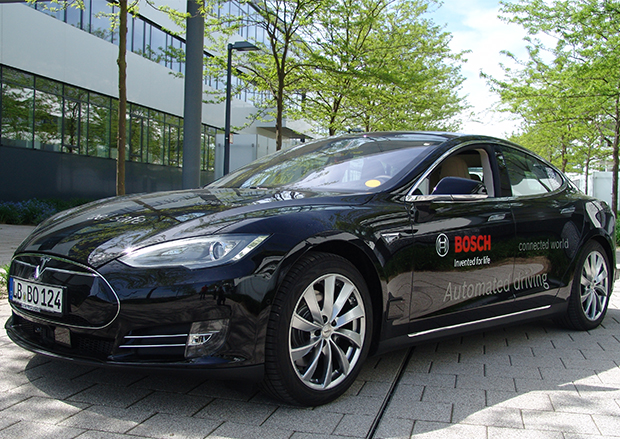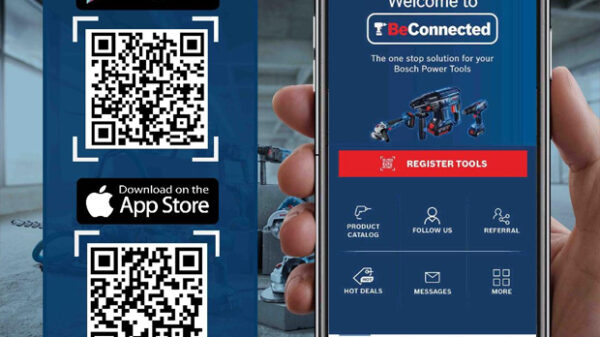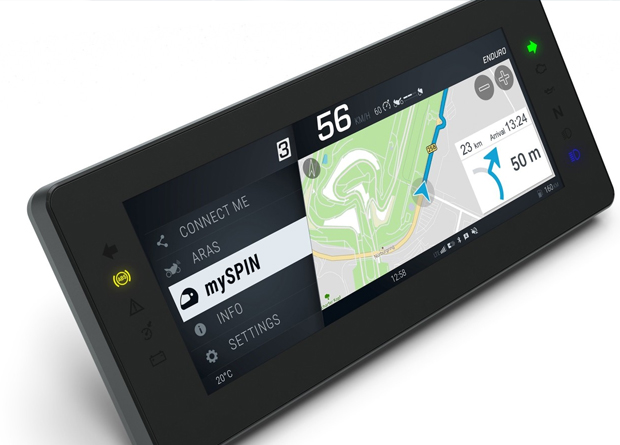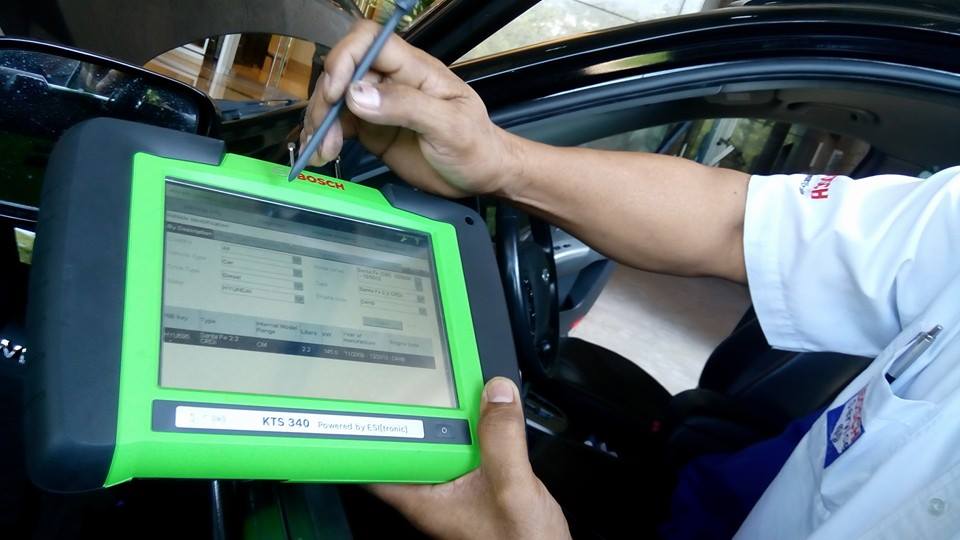For Bosch, automated driving is not just a pipe dream, with the supplier of technology and services already achieving commercial and technological success in this area today.
“Automated driving will be ushered in by the booming market for driver assistance,” said Dr. Dirk Hoheisel, member of the board of management of Robert Bosch GmbH. Bosch’s sales in this field are currently increasing by a third every year.
In 2016, the company’s sales in driver assistance will exceed one billion euros.
As a systems supplier and one of the world’s largest automotive suppliers, Bosch benefits especially from its broad product portfolio. Bosch is considered an expert in technologies needed for automated driving, including powertrain, brakes, steering, sensors, navigation systems, and connectivity solutions inside and outside the car.
Bosch develops everything, from the individual components to the entire system. For example, Bosch sensors are in great demand: Last year, the company set a new record by selling more than 50 million surround sensors for driver assistance systems. The number of radar and video sensors sold doubled in 2014 – and will do so again in 2015. When it comes to the radar sensors used in systems such as ACC adaptive cruise control, Bosch leads the market worldwide. Its ten-millionth radar sensor (77 GHz) is expected to roll off the line this coming year.
The number of associates Bosch employs in this field attests to the growing success that the company enjoys. Currently, about 2,000 engineers are working on refining driver assistance systems at Bosch. That’s a good 700 more than just two years ago.
Driver assistance systems serve as the basis for automated driving. Even today, they are helping drivers change lanes, stay in their lane, and brake when encountering an obstacle. But development doesn’t stop there: a European automaker is now offering production vehicles that feature not only assistance systems for taking evasive actions and turning against oncoming traffic, but also the Bosch traffic jam assistant.
“As we move toward self-driving cars, we will be premiering many new assistance systems,” Hoheisel said.
The insights and experience that Bosch gains from these will feed directly into the development of automated driving, giving it some serious momentum. In 2020, cars should be driving themselves on the freeway – just as Bosch prototypes have been doing on the A81 in Germany and US Interstate 280 since the beginning of 2013. However, if this is to happen, the legal framework will have to keep pace with technological developments. Currently, there is a legal constraint in the form of the Vienna Convention on Road Traffic of 1968, which dictates that drivers must retain control of their vehi-cle at all times. In other words, highly automated driving is not yet legal.
Nonetheless, there are signs of impending changes to the regulations that apply both in Germany and in many other countries. One possibility would allow automated driving so long as the driver is able to override or disable it. Discussions are underway on how to revise the regulations to permit this exception. But validation puts up another obstacle: using current methods, an autopilot system has to complete several million kilometers’ worth of testing before it can be released for production. Bosch is working on new approaches here as well.
For Bosch, automated driving is about making road traffic safer. Every year, an estimated 1.3 million people around the world are killed in road accidents. In 90 percent of cases, the accident can be attributed to human error.
“In critical traffic situations, the right support can save lives,” Hoheisel said. Bosch accident research predicts that increasing automation can lower accident rates even further – by up to a third in Germany alone. And automated driving makes road traffic not only safer, but also more efficient. US studies indicate that applying predictive driving strategies when on the freeway can result in fuel sav-ings of up to 39%. However, a car with an autopilot also opens up a new driving experience – it becomes a home on wheels.
For more information, visit www.automated-driving.com.












































































































